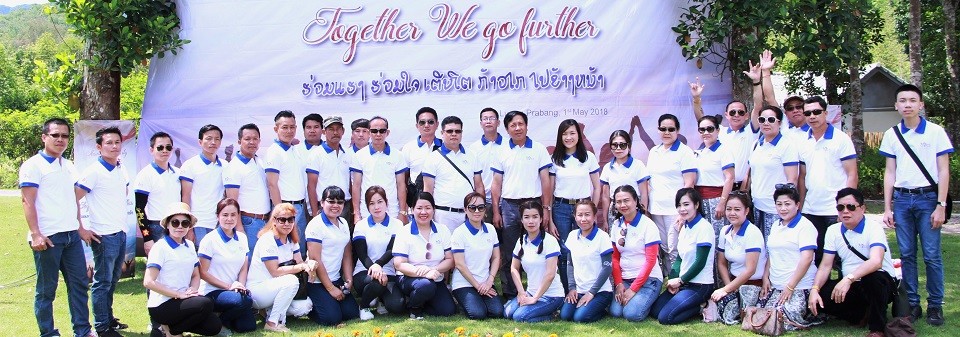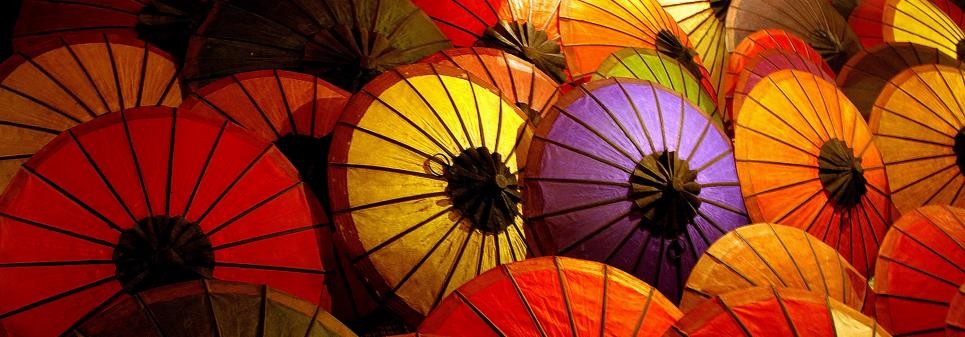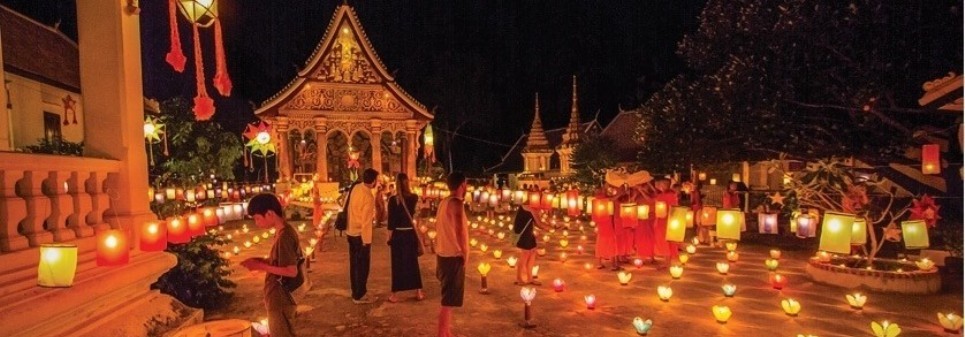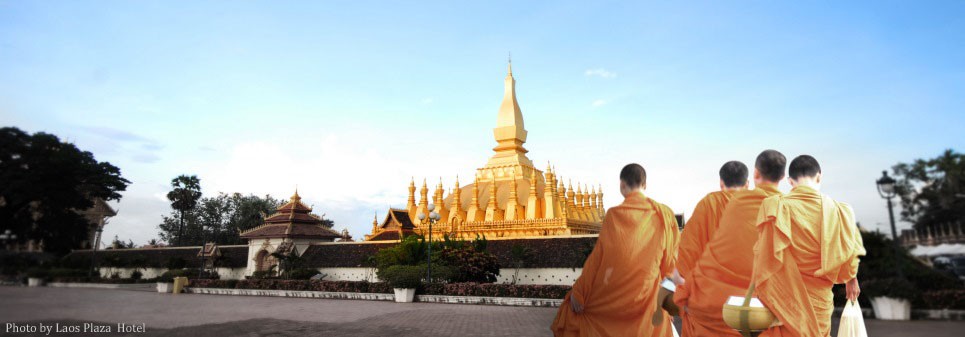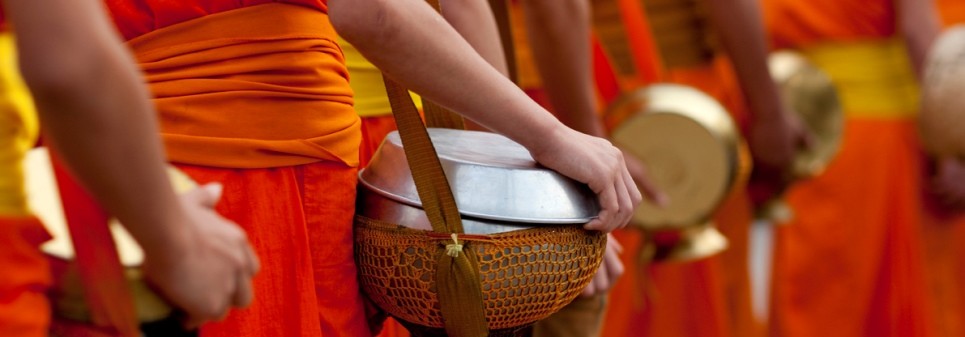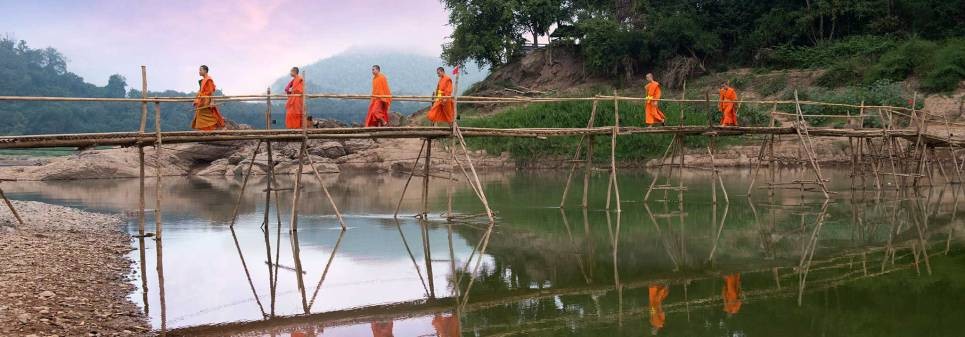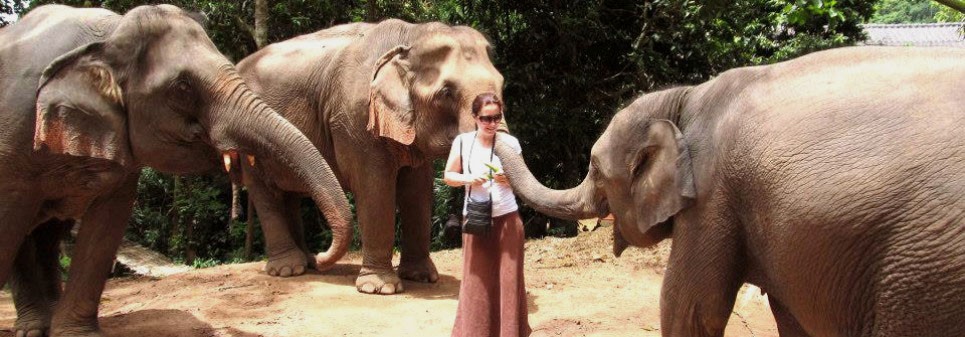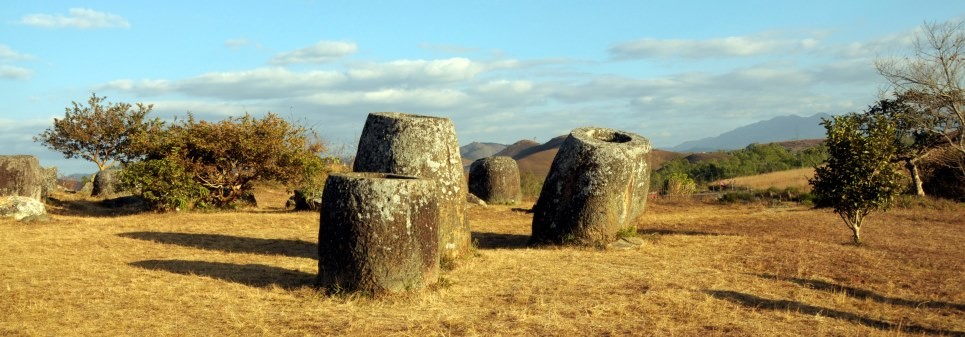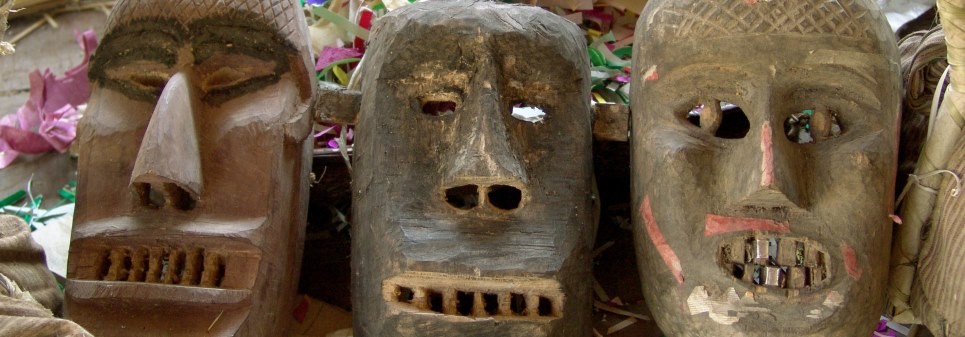Located: Northwestern Laos (Northern Provinces)
Total area: 9,325 square kilometers
Population: 164,310
05 Districts: Namtha, Muang Sing, Muang Long, Viengphoukha & Nalae
Capital of the province: Namtha
Tucked in the northwestern corner of Lao PDR, Luang Namtha covers an area of 9,325 square kilometers with more than 85% of its terrain being low calciferous mountains that rise to between 800 – 2,000 meters above sea level. The highest point (2,094 masl) is found in Vieng Phoukha District and several peaks that approach 2,000 meters can be found among the province’s central mountains that separate Namtha and Muang Sing. Like the rest of the country, Luang Namtha’s weather pattern is characterized by a rainy season lasting from May to October followed by a cool dry period from November to February. March and April are the hottest months. On average, daily temperature is a pleasant 25 degrees Celsius but during the cool season it can dip to zero on the coldest nights.

To the north, Luang Namtha shares a 140 kilometer land border with the People’s Republic of China and its northwest frontier with Myanmar follows a 130 kilometer stretch of the Mekong River. Administratively, Luang Namtha Province is divided into 5 districts including Namtha, Nale, Vieng Phoukha, Long and Sing (Muang Sing) that are further divided into 380 village units. The provincial capital, which is also called Luang Namtha, is in Namtha District and is the most heavily populated town with nearly 45,000 inhabitants. Total population in 2005 was 145,310 with 78% classified as rural and 40% less than 14 years old.
Luang Namtha’s main industries are agriculture, wood processing, lignite and copper mining, handicraft production, transportation and tourism. In 2005 per-capita GDP stood at US$ 280 and grew at an annualized rate of 7.7%. In terms of employment, most people are engaged in agriculture, planting rice, corn, vegetables, cassava and peanuts. Other important agricultural products are buffaloes, cattle, fish, chickens, rubber, teakwood, watermelons, sugarcane and peppers. Forest products such as bamboo shoots, mushrooms, rattan, cardamom and ginger are also key sources of income for the rural population.
Highlights in Luang Namtha
That Phoum Pouk
This stupa is located At Nam Ngaen village on a hill in the northeast part of the Namtha valley. The original stupa was constructed in 1628 to demarcate a neutral territory between the Kingdoms of Lane Xang (centred in Luang Prabang) and Lane Na (centred in Chiang Mai). This peace was shattered in 1966, with the old Stupa destroyed by a bomb unceremoniously released from a US warplane. The new monument, which sits besides the older, ruined stupa, was constructed in 2003.
Meuang Sing museum
The Meuang Sing museum focuses on local cultures and history and has an excellent collection of historically and religiously significant pieces located on the top floor. The building was once the royal residence of the Chao Fa, Phaya Xekong.
Open 9:00am-11:30am, 1:30pm-3:30pm, Monday-Friday. Admission 5,000 kip (plus 5,000 Kip extra for Akha film).
Namha National Protected Areas
An Asean Heritage Site on an area of 2,224 square kilometres, the protected area is primarily mixed deciduous forest. It is located about 26km from Luang Namtha town. The top of this range is mainly dry evergreen forest and some grassland. Three large rivers drain catchments southward to the Mekong, being the Nam Tha, Nam Fa, and Nam Long.
The forest is abundant with significant mammals, including the clouded leopard, leopard, and tiger.
There are small populations of gaur, Asian elephant, and a possibly unique muntjac species.
Namha National Protected Areas is available for ecotourism activities such as trekking, river rafting, camping, kayaking, bird watching, mountain bike tours, and village homestays.
About 6 km northeast of the town centre of Namdee village is an excellent place to observe the progress of bamboo papermaking.
Behind the village, you will see the entrance to the Nam Dee Waterfall.
The area around the waterfall offers excellent facilities, like a small handicraft shop managed by the villagers; toilets and a covered rest area for picnics.
The Phieng ngam handicraft village and the Nam Ngaen Lao Rice whiskey distillery village
These two villages provide homes to members of two ethnic groups, the Thaidaeng and the Thaikhao, respectively. The villages are famous for their many different handicrafts. A small lodge built by the Namha Ecotourism Project offers accommodation for anybody who is interested in experiencing the rural Lao lifestyle. Within walking distance from Pieng Ngam village is the Lao-Lao liquor distillery in Nam Ngaen village, where people can see the process for making the famous Lao rice whiskey.
Night market
The newly renovated night market is located in the centre of Luang Namtha town, where local villagers from many different ethnic minorities offer unique handicrafts for sale. The night market opens every evening and is a good place for eating typical Lao dishes and when the chance arises, witnessing dance and music performances.
Food
A popular local food is Khao soi (soft rice noodle soup), considered by some to be the most “Lao” of the noodle soups. The name, which means “rice cut”, was derived from the process of noodle-making. The rice noodles are made by cutting a rice pancake into strips with scissors. The highlight of the dish though is the soupy broth, made with a mix of pork chop and partially termented soybeans. Versions are available in all restaurants and markets.
Sing district is particularly known for its fine Khaosoi. To see the production process, try Ban Siliheuang in Thaineua village, located on the road to Xiengkok 2km from the town centre.
Accommodation
More than 530,000 tourists visited Luang Namtha last year. About 220,000 people have already visited the province in the first six months of this year. There are more than 100 hotels and guesthouses. The province has 123 tourist sites, including 53 natural tourism sites, 56 cultural tourism sites and 14 historic sites.
Shopping
Luang Namtha province has many kinds of goods available for shoppers, especially a variety of handicrafts made by hand by craftspeople of different ethnic minorities. There are also beverages such as Lao Hai (rice wine in a jar) and Lao Lao from the distillery in Ban Nam Ngaen village, where people can also see the process of making the famous Lao Rice whiskey.
How to get to Luang Namtha
Luang Namtha is accessible by air, land and river. It is about 700 km from Vientiane by road and can be reached by bus from the Northern Bus Terminal in Vientiane. There is an international border crossing at Boten to China and regular air services take around an hour from Vientiane.
For adventurous travellers, try a journey up the Mekong River from the village of Huayxai to Xiengkok in Long district, or a 2-day river journey up the Namtha River, which also originates in Ban Huayxai. Once you reach the province, local transport by tuk-tuk, bus or jumbo-taxi is inexpensive and easy to arrange. In town and around, many people get around by renting bicycles.
Source: www.tourismlaos.org
Other provinces, see more at:
Huaphanh>>
Oudomxay>>
Bokeo>>








